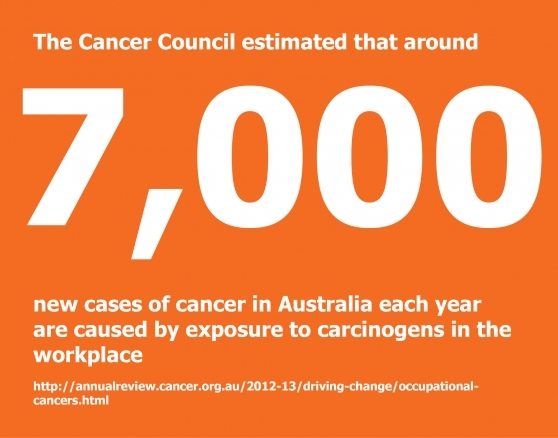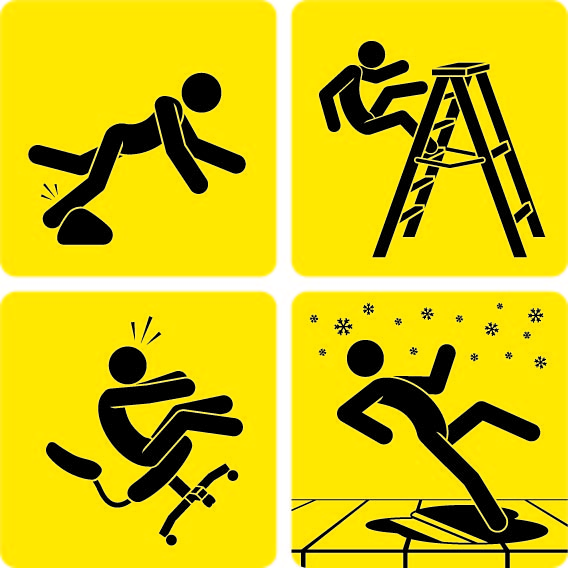WorkSafe Victoria has produced a guide on how to prevent workplace injuries to employees.
According to the guide, “Fatigue is an acute and/or ongoing state of exhaustion that leads to physical, mental or emotional exhaustion and prevents people from functioning safely and within normal boundaries.”
Fatigue affects a person’s health, increases the chance of workplace injuries occurring, and reduces performance and productivity within the workplace.
This publication assists employers and persons with duties under OHS laws to comply with those laws in relation to fatigue in the workplace. It explains an employer’s legal obligations, causes and effects of fatigue, how to identify it in the workplace, how to consult with employees, and ways to use a risk management approach to prevent fatigue.
Download the
Work-related fatigue: a guide for employers
from WorkSafe Victoria
Ready to train your people in safety, risk management, hazard identification or subcontractor management?
We have a range of programs to train your people in risk management, hazard identification and subcontractor management which can be tailored specifically to your industry and organisational needs. Training can be delivered as individual modules or as part of one of our accredited programs.
BSB41419 Certificate IV in Work Health & Safety
The BSB41419 Certificate IV in Work Health and Safety is a nationally accredited program that will teach you how to identify hazards in the workplace, assist with responding to incidents, assess and control risk and consult on work health and safety issues. This program is most suited to those in a Safety Officer or Health and Safety Representatives role, or those currently in leadership roles wishing to shift their career into Health and Safety.
Risk Assessment & Hazard Identification
This program helps you identify and describe the difference between a hazard and a risk, and introduces a way of thinking about hazard identification and risk management as an everyday activity.
It will also enhance the skills and capabilities of leaders in the areas of hazard identification, risk analysis and identification and how to implement appropriate risk controls.
Contact us for a course outline >>
Subcontractor Management
Learn to effectively manage WHS site risks and performance by learning how to effectively select, manage and monitor the complex and difficult world of subcontractors. It also covers the WHS obligations regarding subcontractors, stepping through the various stages of effective subcontractor management, including assessing, evaluating safety history, attitude and managing expectations of performance and reporting.
Want to find out more about how we can customise our programs to your industry and organisation?
Let's talk!
Call us on 03 9510 0477, email info@ldn.com.au or use our contact form here.
From our blog
Dealing With Stress Programs
Dealing With Stress Programs Stress comes in many forms, sometimes positive and useful for peak performance and sometimes counterproductive when built up over a period of time. Stress shows up as higher absenteeism, higher workcover claims, poor performance, bullying...
Cancers from workplace exposure
The Cancer Council estimated that around 7,000 new cases of cancer in Australia each year are caused by exposure to carcinogens in the workplace. The report estimates that as many as 1.5 million Australian workers, engaged in 51 different industries, may be exposed to...
Staying Cool Under Extreme Heat
As summer temperatures soar around the country, Worksafe Victoria shares some advice about how to prevent heat illness from working outdoors in hot weather or where heat is generated as part of work. With temperatures predicted to reach above 40 degrees Celsius across...
Donald’s Disney Safety Video – A Blast From The Past With Relevance Today
Sometimes it takes the ridiculous to remind us how our behaviours and safety standards can be in complete contrast from one environment to the next. In this classic slap-stick Disney cartoon from 1956, J. J. Fate follows Donald Duck through his workday, contrasting...
Waiting For Safety – Why Young People “Wait and See” To Report Hazards
A recently published Canadian study by the Journal of Safety Research showed that young people considered their supervisors one of the barriers to injury prevention and reporting. The study titled Waiting for Safety: Responses By Young Canadian Workers To Unsafe...
Workers Compensation – What does it cost?
According to Safe Work Australia's 'Key Workers’ Compensation Information Australia 2013 Report'*, in the year 2010-11 there were 127,330 serious workers’ compensation claims involving one or more weeks of time lost from work, a permanent incapacity or fatality. This...





